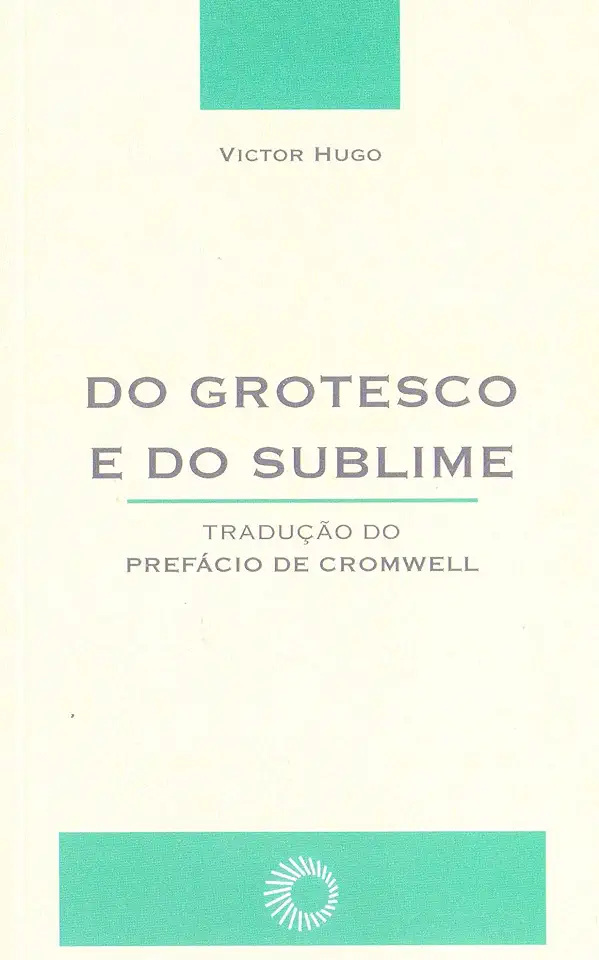
On the Grotesque and the Sublime - Victor Hugo
On the Grotesque and the Sublime: A Masterpiece of Literary Criticism
Victor Hugo's "On the Grotesque and the Sublime" is a seminal work of literary criticism that explores the complex relationship between two seemingly contradictory aesthetic categories: the grotesque and the sublime. Hugo argues that these two modes of expression are not mutually exclusive, but rather exist in a dynamic tension that is essential to the creation of great art.
The Grotesque: A Definition
Hugo defines the grotesque as "the grotesque is a combination of the comic and the terrible." It is a mode of expression that is characterized by its exaggeration, distortion, and incongruity. The grotesque can be found in art, literature, and architecture, and it often serves to subvert traditional notions of beauty and order.
The Sublime: A Definition
Hugo defines the sublime as "the sublime is that which is beyond the reach of our senses and our imagination." It is a mode of expression that is characterized by its grandeur, awe-inspiring power, and sense of mystery. The sublime can be found in nature, art, and literature, and it often serves to evoke a sense of wonder and transcendence.
The Relationship Between the Grotesque and the Sublime
Hugo argues that the grotesque and the sublime are not mutually exclusive, but rather exist in a dynamic tension that is essential to the creation of great art. He writes, "The grotesque is the sublime seen from below, and the sublime is the grotesque seen from above." This tension between the two modes of expression can be seen in many works of art, literature, and architecture, from the paintings of Hieronymus Bosch to the novels of Fyodor Dostoevsky.
The Grotesque and the Sublime in Literature
Hugo's analysis of the grotesque and the sublime is particularly insightful when applied to literature. He argues that these two modes of expression can be used to create a variety of effects, from the comic to the tragic. In his own work, Hugo often uses the grotesque to subvert traditional notions of beauty and order, while also using the sublime to evoke a sense of wonder and transcendence.
Conclusion
"On the Grotesque and the Sublime" is a must-read for anyone interested in literature, art, or aesthetics. Hugo's insights into the relationship between these two modes of expression are both profound and illuminating, and his work has had a profound influence on the development of literary criticism.
Why You Should Read "On the Grotesque and the Sublime"
If you are interested in literature, art, or aesthetics, then "On the Grotesque and the Sublime" is a must-read. Hugo's insights into the relationship between these two modes of expression are both profound and illuminating, and his work has had a profound influence on the development of literary criticism.
Here are a few reasons why you should read "On the Grotesque and the Sublime":
- It is a seminal work of literary criticism that explores the complex relationship between the grotesque and the sublime.
- Hugo's analysis of these two modes of expression is insightful and illuminating.
- His work has had a profound influence on the development of literary criticism.
- It is a must-read for anyone interested in literature, art, or aesthetics.
Order Your Copy Today!
"On the Grotesque and the Sublime" is available in hardcover, paperback, and ebook formats. Order your copy today and start your journey into the world of the grotesque and the sublime!